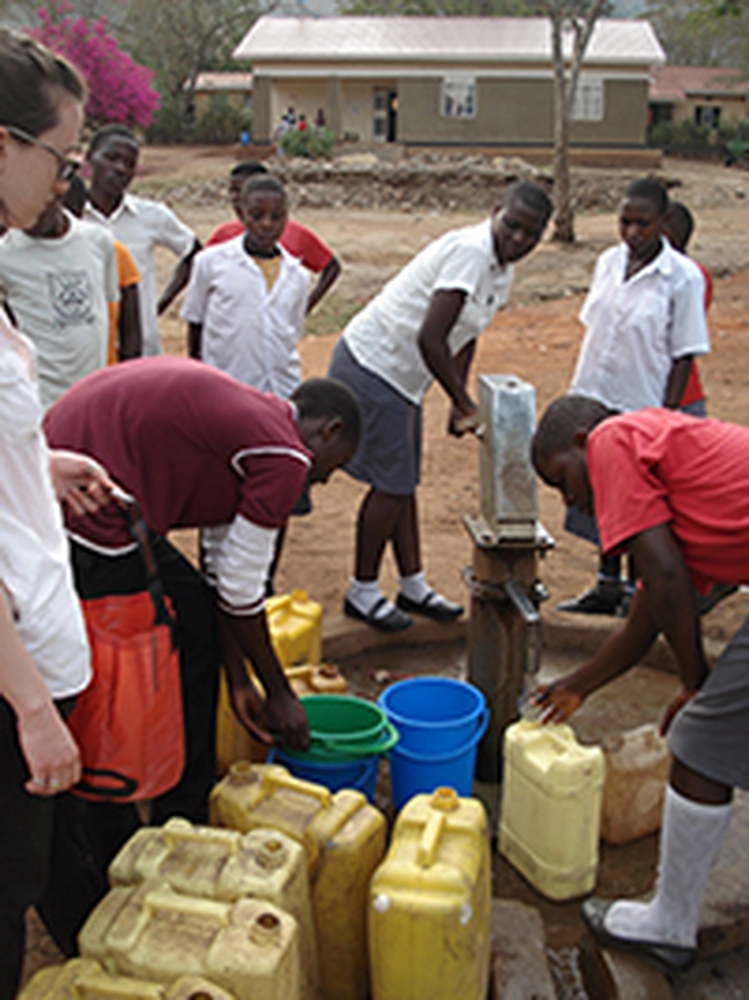
Nearly 25% of the world’s population consumes fecally-contaminated water. This water includes bacteria and viruses.Viruses provide greater challenges for disinfection because of their sizes and physical properties. The importance of understanding viruses for safe drinking water is discussed in a recent PLOS Pathogens article by associate professor of microbiology, Joanna Shisler and colleagues.
Nearly 25% of the global population in 2012 (1.8 billion people) consumed fecally-contaminated water. The impact on public health is staggering: unsafe water, inadequate sanitation, and poor hygiene are responsible for about 90% of diarrheal deaths worldwide.
The World Bank estimates that lack of access to safe water and sanitation results in a global economic loss of $260 billion annually. It is well-known that bacteria are major causes of diarrhea transmitted through unsafe drinking water. What is less appreciated is the impact of viruses in these same drinking water sources, and their impact on human health.
This review summarizes the viruses that are in water that cause the most concern from a human health standpoint, and what current water treatments are in place in an effort to inactivate virus particles in water. Finally, we discuss the barriers that microbiologists and engineers face when designing new water treatment systems to inactivate viruses, and new technologies that may be useful for removing viruses from water.